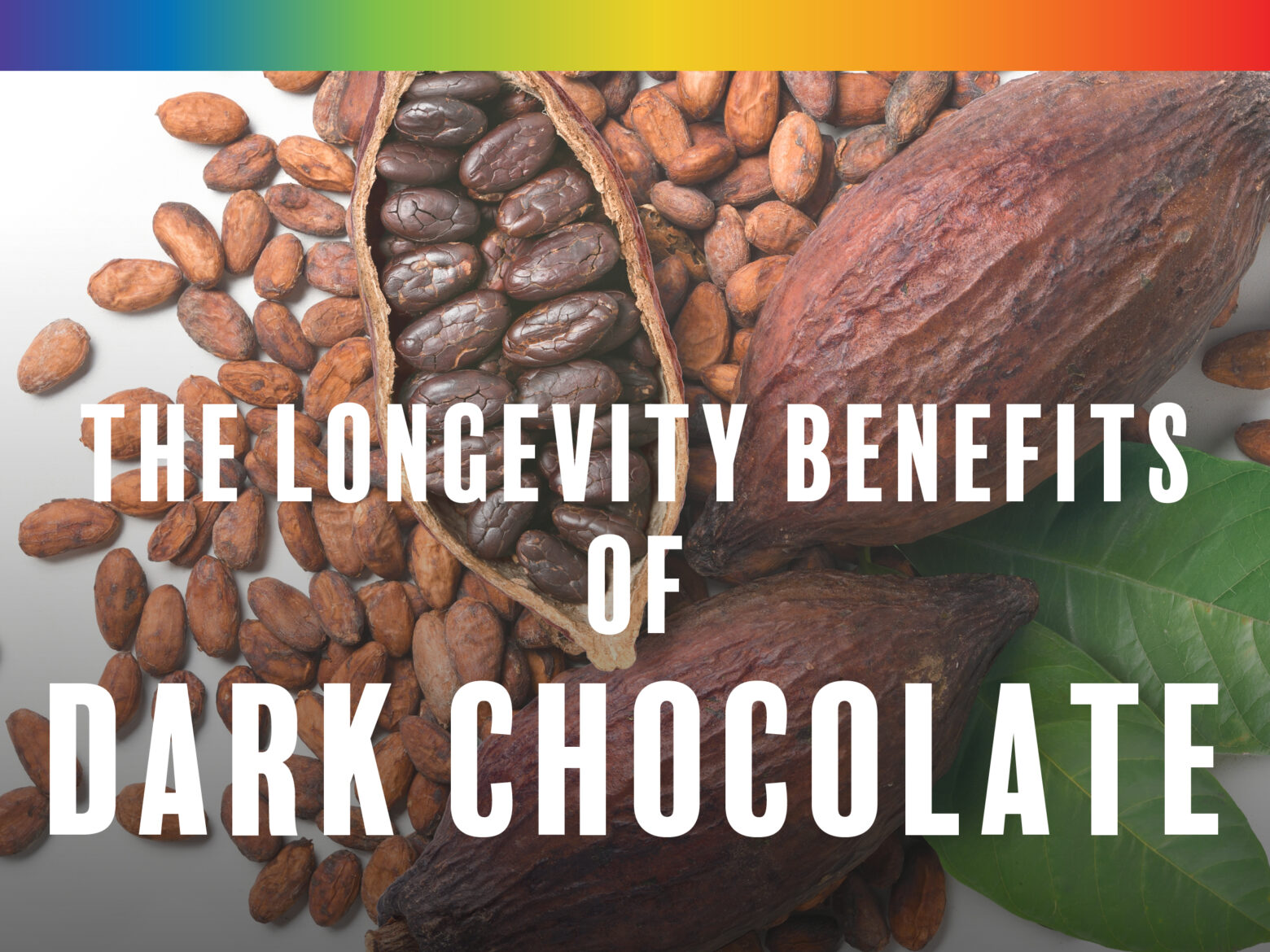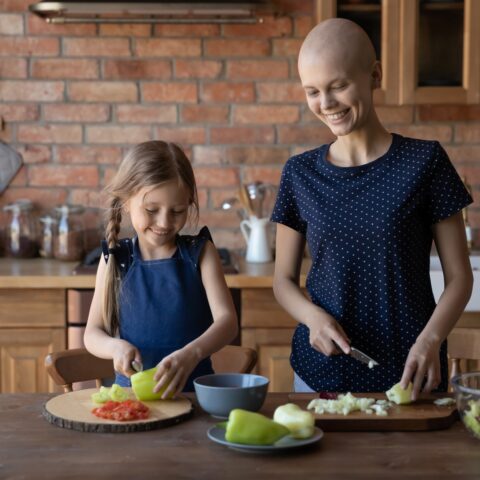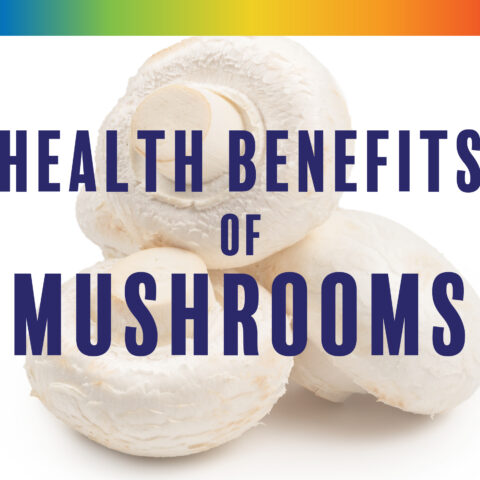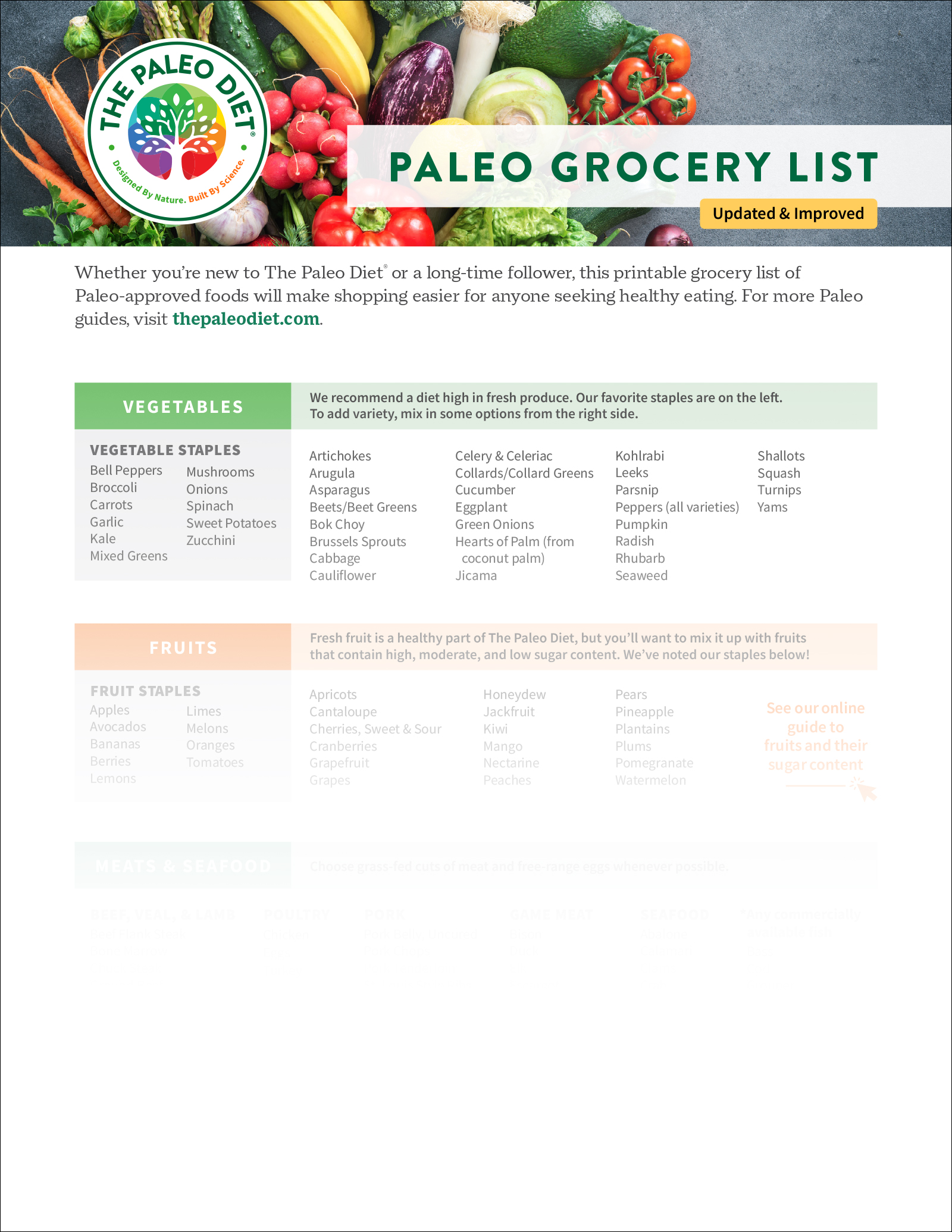Chocolate for Healthier Hearts and Minds
Loren Cordain, Ph.D., M.S., Mark J. Smith, Ph.D., Ph.D., Trevor Connor, M.S.

This article is an excerpt adapted with permission from the book Paleo for Life: Superfoods to Slow Aging, Boost Longevity, and Enhance Your Well-Being by Dr. Loren Cordain, Trevor Connor, and Dr. Mark J. Smith. In this groundbreaking guide, the leaders of the Paleo nutrition movement reveal the longevity superfoods that can help you live longer and better, starting today.
Chocolate, specifically dark chocolate, is a longevity superfood. Of course it’s delicious, but it’s also packed with healthy compounds that are associated with healthier aging. Let’s explore.
The Health Benefits of Dark Chocolate Are Linked to Fermentation
Chocolate comes from the fruit of a cacao tree. Turning the oblong fruit pods growing on the bark of the cacao tree into an edible food is a complex process. There can be as many as 50 seeds inside the cacao fruit’s shell. Workers crack open the fruit to scoop out the seeds and let them drain for up to 10 days.
This phase is a time when the seeds are undergoing natural fermentation, which, as we’ll explain in a minute, is a critical part of what gives cacao its health benefits. During this controlled activity when microbes ferment the seeds, the bitter cacao beans begin producing the flavors we associate with chocolate.
The quality and flavor of chocolate are dependent both on the region the beans originate from and on the production process they undergo after harvest. Chocolate is typically classified as dark, milk, or white. Dark chocolate is made primarily from cocoa solids, cocoa butter, and a small amount of sugar; while milk chocolate has more sugar and also milk powder or condensed milk added to give it a milder taste.
White chocolate has no cocoa solids at all, which means it’s creamy and sweet on the tongue but devoid of most of the beneficial phenols. That’s why we recommend eating only dark chocolate with a high cacao content, preferably at least 70% cacao.
What’s in Cacao?
Cocoa beans are composed of 33 to 62% cocoa butter, which means chocolate is mostly fat. But chocolate is also one of the richest food sources of longevity-boosting polyphenols, including several of our most important longevity vitamins.
Cacao butter is primarily made up of triacylglycerols, a healthy energy source for your body, and contain palmitic, stearic, and oleic acids, as well as low amounts of linoleic acid.
A 100 g piece of 90% dark chocolate contains very little added sugar or sodium, but a whopping 715 mg of potassium and 228 mg of magnesium, which is nearly 60% of your daily requirement. It also has nearly all of your daily requirements for copper and manganese.
Cacao also contains methylxanthines like caffeine and theobromine, which are also found in coffee, tea, and cocoa. These compounds boost mood and concentration and generate feelings of well-being. Theobromine is also such a powerful cough suppressant that some countries have completed trials to sell it as a nonopioid, noncodeine cough-suppressing drug.
So far, so good. But what’s in dark chocolate that makes it a longevity superfood?
Chocolate’s Secret Longevity Agents
Chocolate is very high in vitamin K2 (aka menaquinones) because it is created by bacteria during the fermentation of cacao beans. In addition, cacao beans are a rich dietary source of polyphenols like catechins, epicatechins, and procyanidins. Polyphenols act as free radical scavengers, helping to ease inflammation and protect healthy cells in our bodies from the ravages of disease and damaging environmental toxins.
Most importantly, cacao powder contains pyrroloquinoline quinine (PQQ).
PQQ is the most important antiaging antioxidant you’ve never heard of, because this water-soluble quinine plays a critical role in maintaining essential physiological functions such as reproduction and growth, reducing inflammation, protecting the brain from neurodegenerative diseases targeting metabolism, ensuring mitochondrial health, and maintaining adequate blood flow.
PQQ is so crucial to our health that scientists are now suggesting it acts more like an essential vitamin when it comes to disease prevention and longevity. In 2003, a paper published in the highly respected journal Nature stated that PQQ was indeed a new vitamin.
PQQ is associated with:
- Slowing down the aging process in animal studies
- Reducing risk of stroke
- Reduced inflammation
- Improving lipid profile
- Brain protective effects, including protection against conditions associated with Parkinson’s and stroke
- Prevention of osteoporosis in animal studies
- Better cognitive performance
PQQ, vitamin K2, and all the other nutrients in dark chocolate pack a big antiaging punch! The other longevity benefits include:
- An overall reduction in the risk of dying from all causes
- Better circulation and heart health
- Stronger immune system
- Improved memory and brain function
- Helps with bone health and preventing hardening arteries
Explore our chocolate-based recipes to start enjoying this powerful superfood!
Paleo for Life
Paleo for Life reveals how your favorite foods and flavors can help you live a longer, healthier life.
Discover the most potent antiaging superfoods and see how what’s on your plate connects to how you feel each day. Includes a two-week meal plan and 50+ superfood recipes.
Live longer and better, starting today, with Paleo for Life.




